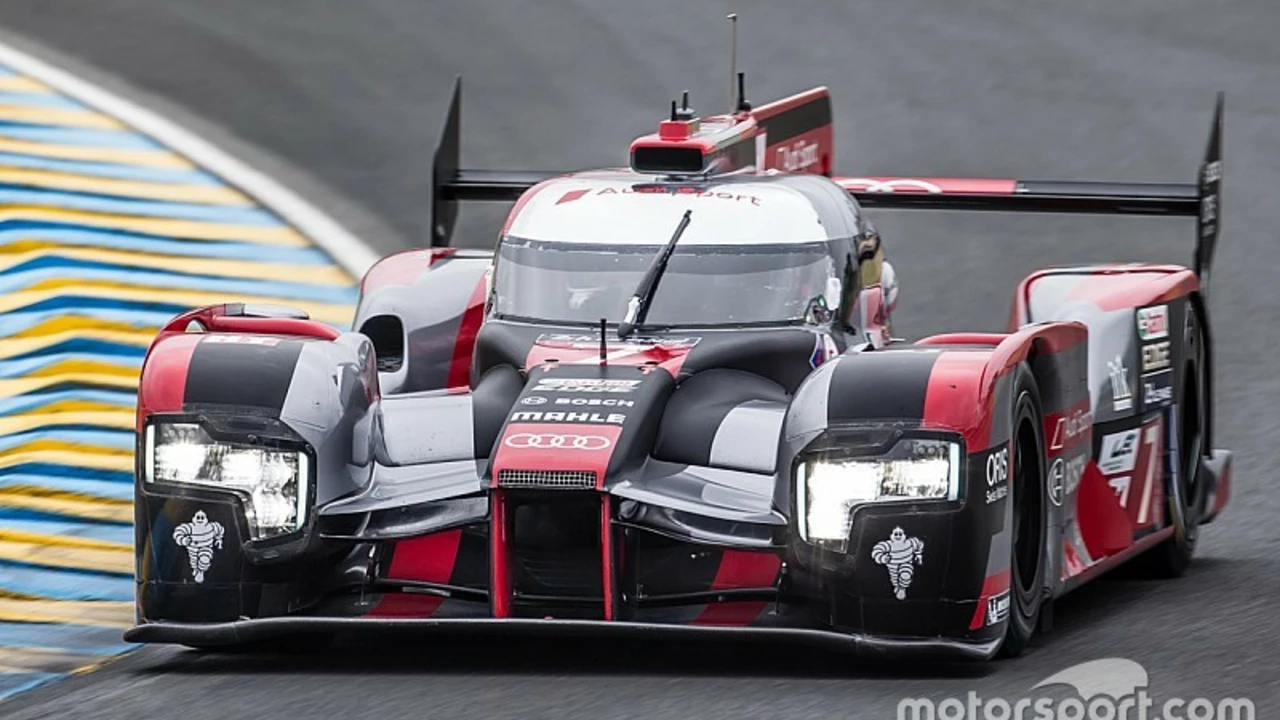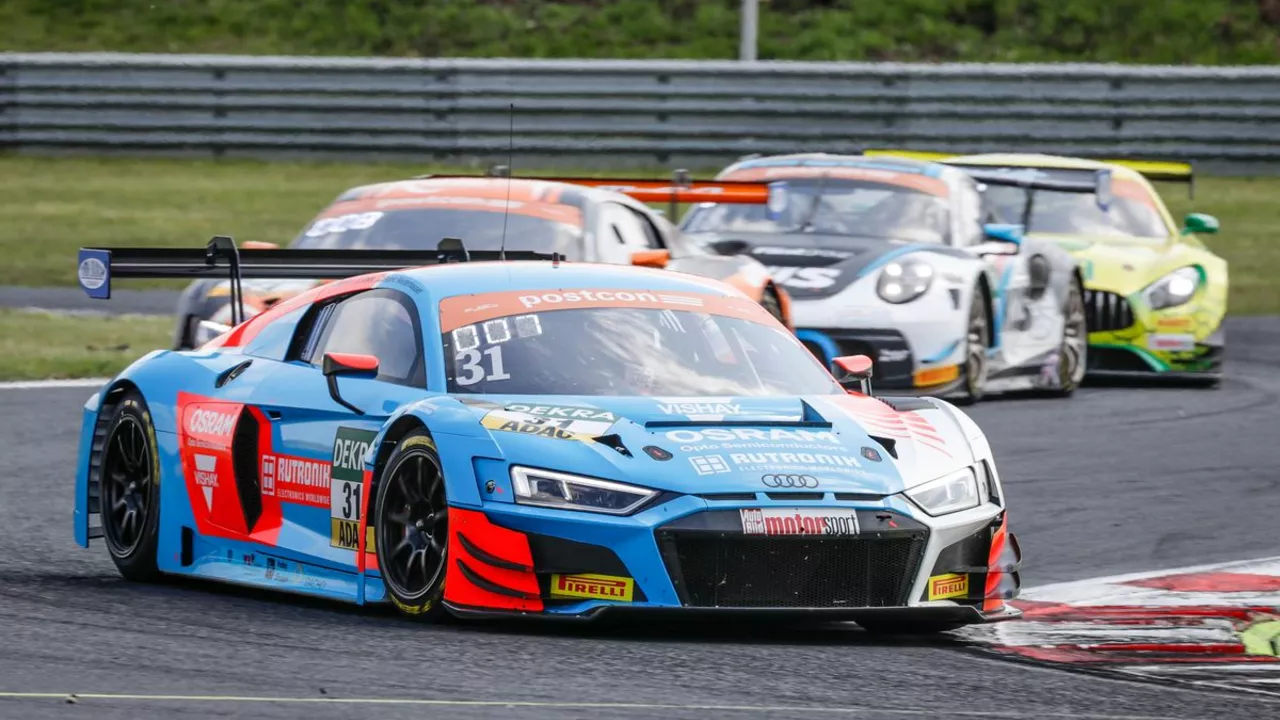July 2023 Motorsports Archive: Speed, Money and F1 Talk
July was a busy month at NorthStar Motorsports Hub. We dug into the fast‑lane debate between LMP1 prototypes and IndyCars, broke down who foots the bill when a crash hits, shared a personal pick for the ultimate motorsport, and explained why German giants BMW and Audi stay out of Formula 1. Below is a quick guide to each story, plus the key facts you can use right now.
Speed Showdown: LMP1 vs IndyCar
Ever wondered whether an LMP1 car can outrun an IndyCar? The short answer is: it depends on the track. LMP1 machines, built for endurance races like Le Mans, pack sophisticated aerodynamics and hybrid power that give them a huge grip advantage in corners. Their extra weight and complex systems keep their straight‑line top speed a bit lower than the pure‑speed IndyCar, which can hit 230 mph on ovals. On twisty circuits such as Spa or the Nürburgring Nordschleife, LMP1’s handling wins out. On a flat, long straight, the lighter IndyCar will usually be quicker. So there’s no absolute winner—just a trade‑off between cornering finesse and raw straight‑line speed.
Money Matters: Who Pays for a Crash?
When a car smashes on the track, the bill doesn’t just disappear. Most teams carry a dedicated motorsport insurance policy that covers chassis rebuilds, spare parts and even medical expenses. If a driver’s negligence—like ignoring a red flag—causes the incident, the team can bill the driver for part of the cost, and the driver’s personal sponsor might also chip in. In high‑profile series, the series organizers sometimes step in with a safety fund, but the bulk of the expense stays with the team’s insurers and, occasionally, the driver’s sponsors.
BMW and Audi’s decision to stay out of Formula 1 follows a similar financial logic. Running a full‑factory F1 team costs upwards of $200 million a year. Both companies are pouring billions into electric vehicles, autonomous tech and their road‑car line‑ups. The ROI on F1 is hard to measure, especially when the brand’s future hinges on green tech. By keeping their budgets focused on EV development, they avoid the massive, uncertain spend that comes with fielding an F1 car.
One of our community members asked us a simple question: “What’s the best motorsport to follow?” The answer? It’s personal. For many, Formula 1 tops the list because of its global reach, cutting‑edge technology and the drama of driver rivalries. Others prefer the dough‑nut‑tight action of IndyCar, the endurance challenges of LMP1, or the off‑road thrills of rally. Whatever your pick, the key is to watch the races, read the technical updates and join the conversation—just like we do here.
All four posts from July give you a slice of what’s happening in the fast lane: performance battles, financial realities, personal passion and strategic brand choices. Use these insights to fuel your own discussions, whether you’re debating on a forum, betting on race outcomes, or deciding which series to follow next season.



